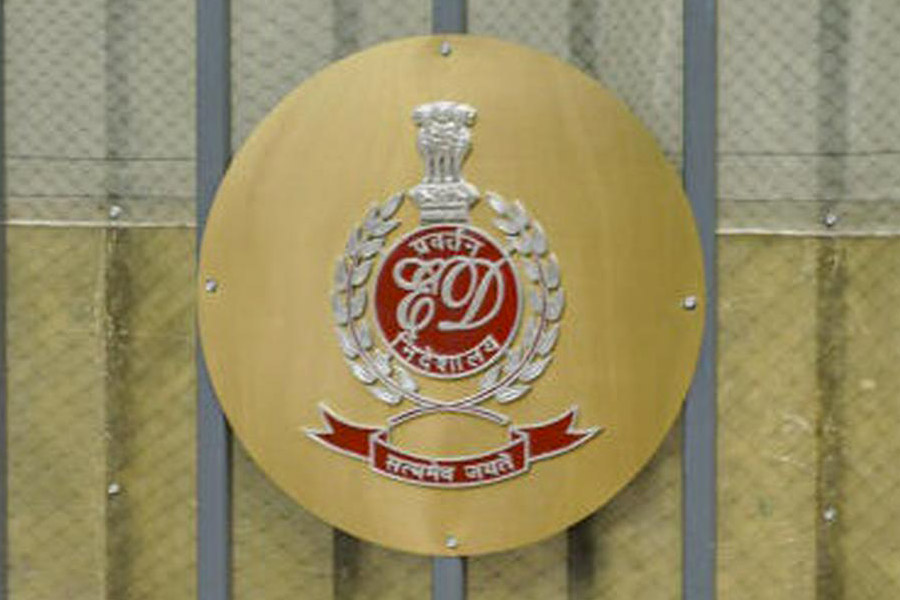 |
| Illustration : Uday Deb |
Everyone swears by teamwork. There is a feeling in most firms that two and two should end up at more than four if you are dealing with teams. Says Mumbai-based HR consultant Shashi Rao: “That’s a quick-fix solution; form teams and let them find solutions.”
In practice, it’s not so easy. Teams are all over the place. But they don’t always pull together. Sometimes a team consists of a motley crew of people who just can’t get along. Sometimes the objective is ill defined. “Very often, a team is like a three-legged race,” says Rao. “You are not just tying the people together; you are hobbling them.”
In theory too, there is confusion. According to a paper based on the European Work Conditions Surveys, it is difficult to arrive at a single definition of teamwork. “Several concepts exist and researchers in the field of working conditions differ in what teamwork actually means. Work organisations using teamwork can refer to many possibilities, such as quality circles, cross-functional teams, self-managing teams or virtual teams. Many employers provide teamwork with varying degrees of autonomy,” says the survey.
The study measures how corporate productivity is affected by soft indicators such as work autonomy, job satisfaction, opportunities for personal and professional development and the level of communication. The conclusion is that teamwork helps in improving the quality of working life. But since the need for more teamwork is catalysed by the requirements of higher productivity, it can lead to increased stress levels.
That is the theory. But what should you be doing at the workplace? Firstly, be an active participant in all forms of teamwork. Secondly, realise that the wimp in the next cubicle is in your team for a reason; don’t treat him like dirt. Thirdly (this is controversial), don’t always try to be the team leader. Rather, the person who keeps the members together is far more important. Note that whenever there is a problem, everyone turns to him or her for advice. These reinforcers of the team spirit — the glue, as it were — are worth their weight in gold.
There are many prescriptions for boosting team performance. “You have to choose what suits your organisation,” says Rao. “In some places, if the boss is part of the team, everyone else becomes as meek as a mouse. In other companies, there is a more democratic culture.”
In India, in traditional companies, there is an in-built aversion to team building. Firstly, the corporate culture is not particularly democratic. Secondly, there is a tendency to goof off and meetings provide an ideal opportunity. Just check at your next meeting to see how many people are nodding off or have become disengaged. Thirdly, The Argumentative Indian is not just the title of an Amartya Sen book; put four Indians together and you will get six different opinions.
“For teams to work, you must first create the environment in which they can function,” says Rao. In new-age sectors such as IT and KPO, teamwork is part of the work discipline. Unfortunately, in areas like business process outsourcing, it hasn’t taken off.
Rao gives the recipe for successful teamwork. “If the individual employee is treated as an asset, he will contribute,” she says. “In BPOs, the staff is treated as high-attrition cannon fodder. When you start with such an attitude, all the textbooks on how to manage teams will take you nowhere.”
LESSON FOR THE C-SUITE
How to make teams work
Clear expectations: Has the executive leadership clearly communicated its expectations for the team’s performance and expected outcomes?
Context: Do team members understand why they are participating in the team?
Commitment: Do team members want to participate? Do they feel the team mission is important?
Competence: Does the team feel that it has the appropriate people participating?
Charter: Has the team taken its assigned area of responsibility and designed its own mission, vision and strategies to accomplish the mission?
Control: Does the team have enough freedom and empowerment to feel the ownership necessary to accomplish its charter?
Collaboration: Does the team understand team and group process?
Communication: Are team members clear about the priority of their tasks? Is there an established method to give feedback and receive honest performance feedback?
Creative innovation: Is the organisation really interested in change? Does it value creative thinking, unique solutions and new ideas?
Consequences: Do team members feel responsible and accountable for team achievements? Are rewards and recognition supplied when teams are successful?
Co-ordination: Are teams co-ordinated by a central leadership that assists the groups to obtain what they need for success? Have priorities and resource allocation been planned across departments?
Cultural change: Does the organisation recognise that the team-based, collaborative, empowering, enabling the organisational culture of the future is different than the traditional, hierarchical organisation
Source: Susan M. Heathfield, about.com










